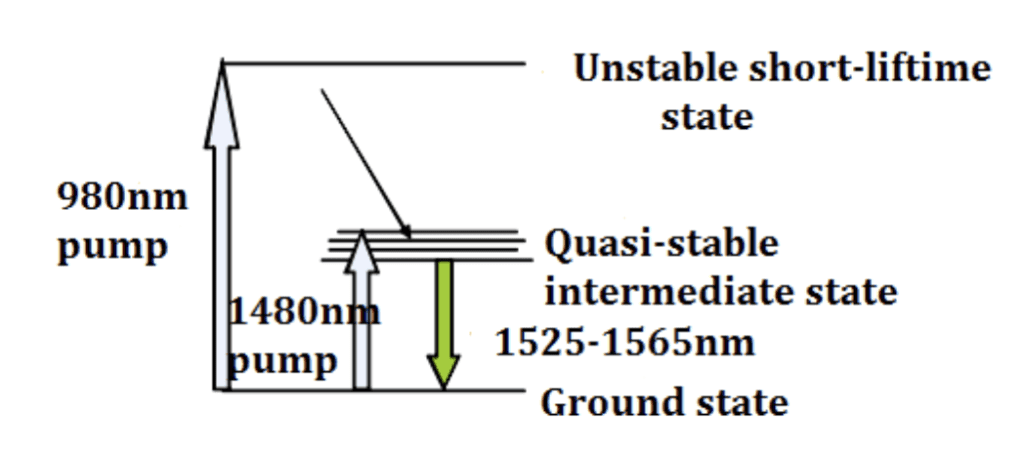Optical communication networks have become essential for transmitting large volumes of data across long distances with high-speed and low-loss. However, optical signals weaken over distance due to attenuation. This causes a significant problem as the signal needs to be amplified along the way to maintain its integrity. Erbium-doped fiber amplifiers (EDFA) are widely used to overcome this issue.

EDFA can be used in large-capacity, high-speed optical communication systems; EDFA can be used in long-distance optical communication systems. By using EDFA, we can reduce the number of regenerative repeaters by increasing the repeater spacing, thereby significantly reducing construction costs; EDFA can be used in fiber-optic subscriber access network systems. If the transmission distance is too long, EDFA will play the role of line amplifier; EDFA can be used in wavelength division multiplexing (WDM) systems, especially dense wavelength division multiplexing (DWDM) systems. The use of EDFA in wavelength division multiplexing systems can solve the problem of insertion loss and reduce the impact of dispersion; EDFA can be used in community antenna television (CATV) systems, which play the role of boosting amplifiers and greatly improve the input power of optical transmitters.
Scenario 1: Long-haul Communications
Long-haul communication refers to transmission over a distance that exceeds 80 km. In such cases, the optical signal undergoes significant attenuation, and without amplification, the signal quality degrades. EDFA increase the power of the optical signal, ensuring that it maintains its quality throughout the network. They are used in conjunction with other types of fiber-optic repeaters to ensure that the signal is transmitted over the required distance.
Scenario 2: Dense Wavelength Division Multiplexing (DWDM)
DWDM is a technology that allows multiple data streams to be transmitted simultaneously over a single optical fiber. This technology is crucial in modern optical communication networks, where there is a need to transmit large volumes of data. However, adding more channels to the optical fiber increases the attenuation of each channel. EDFA are used to amplify the optical signal, allowing multiple channels to be transmitted over a single optical fiber.
Scenario 3: Fiber To The Home (FTTH)
FTTH is a popular technology used by internet service providers to provide high-speed internet to homes and businesses. EDFA are used in such scenarios to amplify the optical signal from the central office to the subscriber. They increase the reach of the network, allowing ISPs to provide high-speed internet over long distances.
Scenario 4: Cable Television Networks
Cable television networks use optical fibers to transmit their signals. EDFA are used to amplify these signals, ensuring that the signal is strong enough to reach the cable subscribers. Cable television networks often use long-haul transmission, and EDFA are essential in maintaining the quality of the signal over long distances.
EDFA are essential components of modern optical communication networks. They are used in several scenarios, including long-haul communications, DWDM, FTTH, and cable television networks. EDFA enable the transmission of high-speed data over long distances, making them an essential component of modern communication networks.
